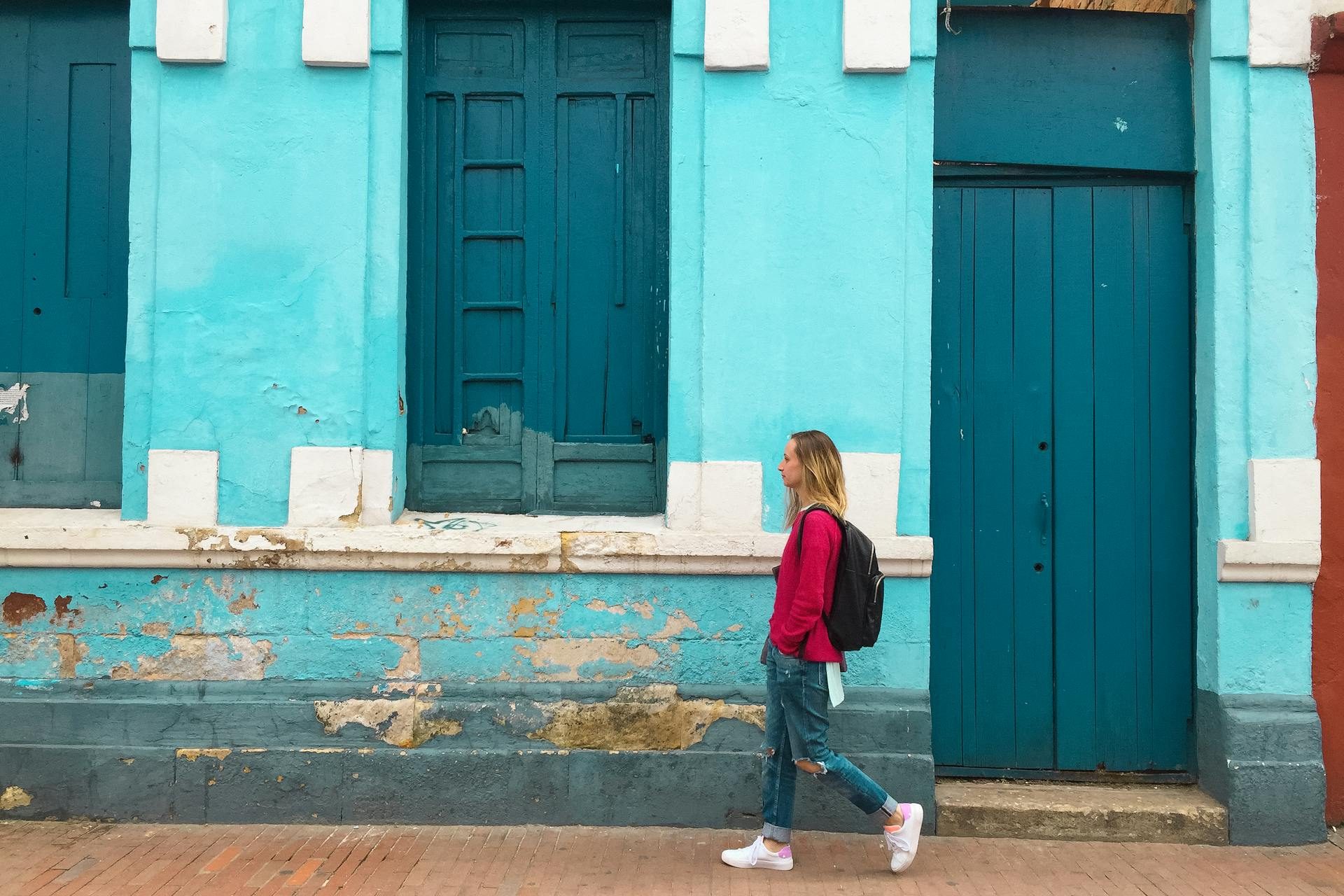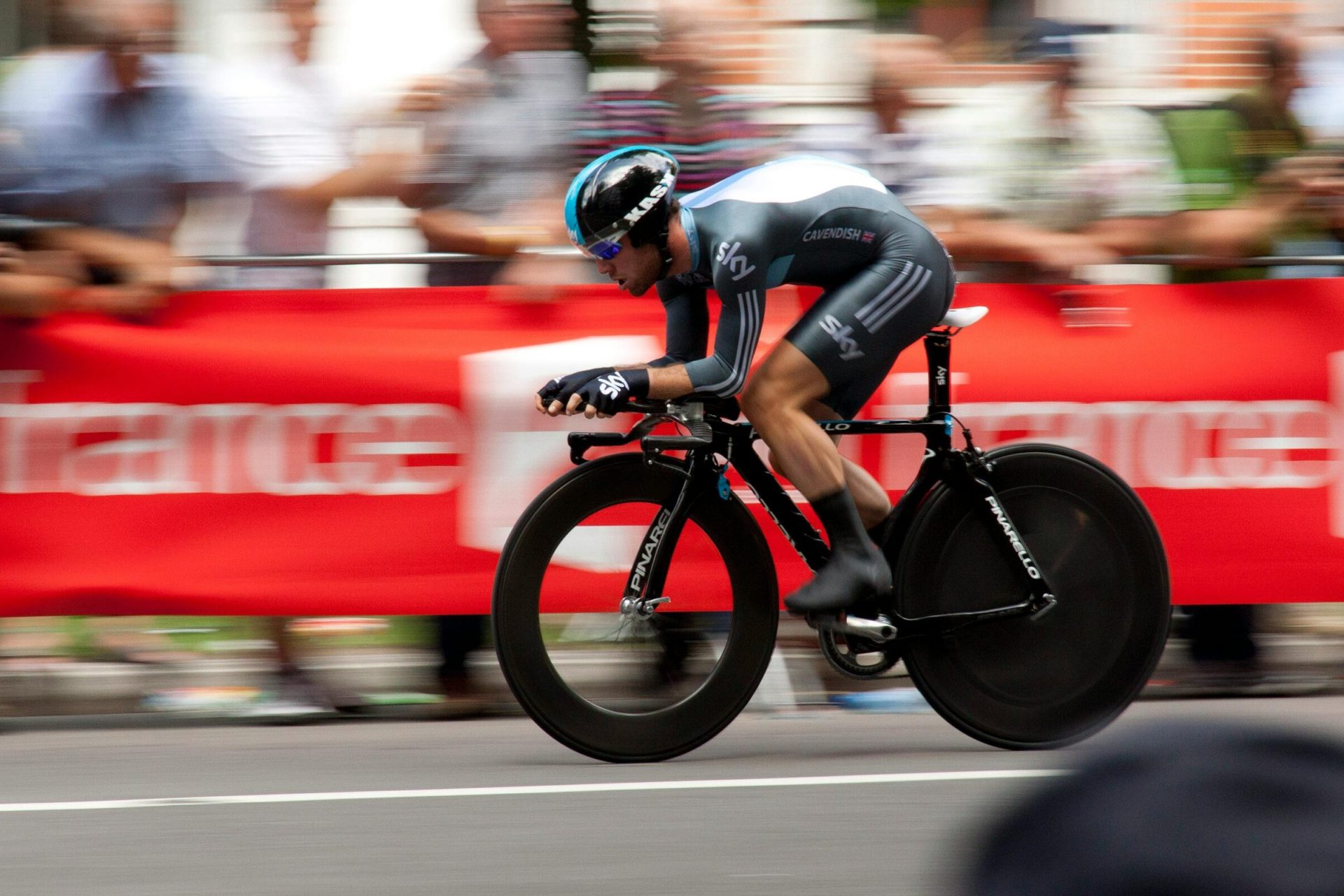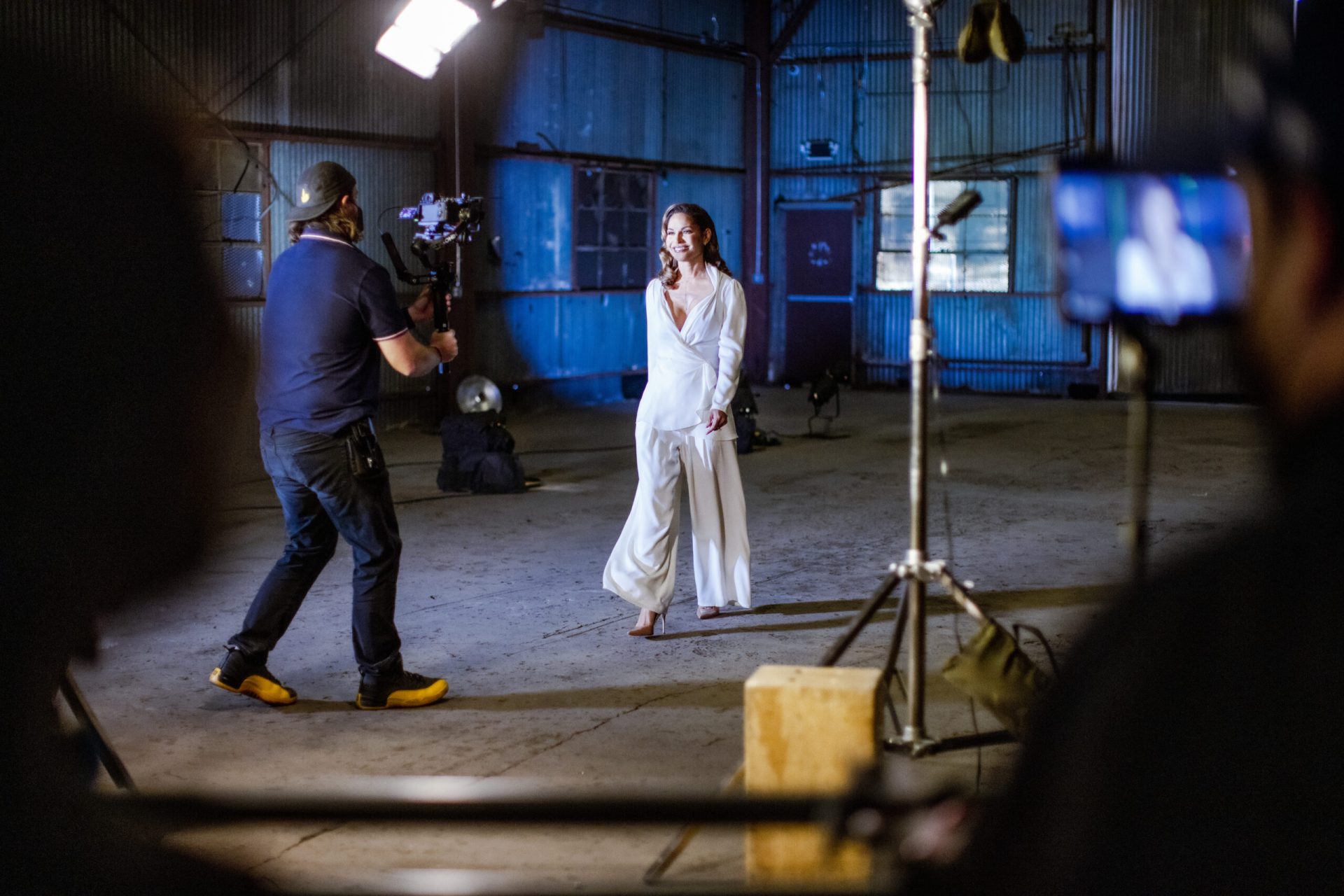How are Tracking Shots and Pan Shots Different?
Filmmakers use both tracking and panning to produce a number of different shots in which the camera is physically moving in one or more of several directions. While a number of techniques can be used to achieve the desired outcome, tracking shots and pan shots are different in several ways. If you’re new to cinematography, you might be wondering how are tracking shots and pan shots different?
What are Tracking Shots?

Tracking shots are produced when the camera moves through a scene for a specific duration of time during which the shot actually follows the subject that is being filmed. The tracking shot can be used in films of all types to produce a number of desired outcomes.
Tracking shots typically engage the use of a camera in a forward, backward, or sideways motion and once used a dolly to achieve the results. In fact, in the early days of filmmaking, the tracking shot was the result of a lateral camera movement that was exclusive to dolly tracks. However, a variety of different tracking shots can now be produced without embarking on the lateral camera movement that was once prominently connected to the use of dolly tracks.
Thus, if you wish to complete a tracking shot without the use of dolly tracks, you now have multiple options including drone footage, handheld cameras, the use of a Steadicam or other options make tracking shots potentially much easier than ever before.
It’s important to note that tracking shots can take place in any instance in which further momentum in a particular direction, forward or backward, is utilized. These are sometimes called dolly-in or dolly-out and essentially create the appearance of zooming closer or at a distance from a subject without actually “zooming.”
What Does a Tracking Shot Do?
Tracking shots are different from pan shots in that they provide the ability for the camera to follow the subject, bouncing around from one area of the set to another. The tracking shot can be achieved through many different techniques, one being the use of a gimbal, drone, handheld camera, or any tool that makes moving the camera body more simplistic.
What are Pan Shots?

Pan shots are different than tracking shots in that they represent the shot captured when the camera is placed upon a fixed head and the movement of the camera follows a subject left to right. The pan shot can be captured utilizing a slightly slower shutter speed than you might expect.
There are different types of pan shots for the filmmaker depending on what he or she is trying to achieve. For instance, one such pan shot is the whip pan, which involves essentially whipping the camera so quickly from left to right that there is a distinct blur or streaks created on the screen.
Difference in Tracking Shots and Pan Shots
As you can see, the tracking shots involve physical movement of the camera through the scene either sideways or backwards or forwards. The tracking shot follows the subject as the camera navigates throughout the scene.
Likewise, the pan shot is going to move the camera on an axle in which there is the ability to pivot on a left or right axis or on a horizon. In this case, tracking shots and pan shots are different in that they vary in movement. The tracking shot has full range of motion unlike the pan shot that forms limitations on the movement of the camera along the horizontal axis based upon the camera frame.
Tracking shots can be used to track movement whether it occurs sideways, forward, backward, or some other manner through a scene. Likewise, the pan shots are going to go from one side to another, frequently relying on the use of a larger scene in order to capture the full view and to reveal something particularly eventful of the story.

To help you understand the different in tracking shots vs panning shots, you must know what is happening with the camera in each shot. The panning shot is captured when the person holding the camera remains in a stationary position but they use the camera to follow the subject. Likewise, tracking involves the use a camera to track the subject such that the camera moves along with the subject while filming.
Therefore, the greatest differences between tracking shots and pan shots is the fact that pan shots are represented by a camera that moves along a fixed axis. It may move left or right, on an axis but the camera does not move forward or backward nor does it break free from the axis. Likewise, tracking can result in changes between the distance from the subject to the camera as the camera moves forward or backward from the subject.
Now that you know the difference in tracking shots and pan shots, what types of shots are you going to incorporate into your productions going forward?
